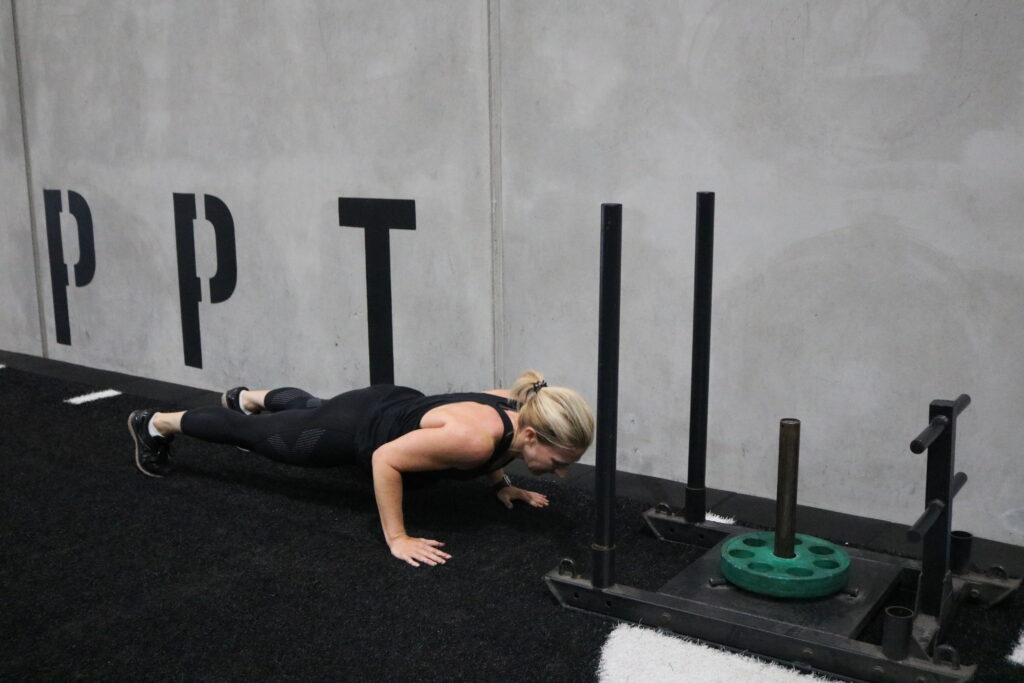Are you avoiding exercise and active leisure time because of lower back pain? Well this sedentary option might actually bring you more pain instead of relief. There must might be a better option for you.
The first step you should take of course is to visit your Physiotherapist for diagnosis or at lease soft tissue management and advice.
So that being said and done, if there is a possibility that exercise can create more benefit then harm, then you should definitely keep moving. But how do you do this? Simply, we can modify the exercise selection for you and give lots of guidance to mitigate any ongoing pain.
Here are a few tips to decrease unnecessary stress on your lower back while exercising:
- Weight Loss: If you are over-weight you should seek professional guidance to safely decrease your caloric intake and increase your daily movement. Decreasing your body weight while maintaining good hydration, and muscular strength will decrease stress and pain in your lower back.
- Exercise choice: Knowing the correct way or seeking professional help to correctly modify exercises will keep you training with more benefit and less risk.

- Decrease your lever length: When performing exercises that place your whole body in an extended position such as a push-up, planks and burpees etc. Either elevate your upper body or lower to your knees to decrease the length of your body (the lever) and decrease the stress placed on your lower back.
- Decrease your impact: Choose low impact cardio such as riding a stationary bike and avoid running, jumping, plyometrics or any explosive high impact movements.
- Avoid excessive flexion and rotation of the spine: This includes active and passive movements (like stretching). For strength of your core muscles (such as multifidus and abdominals) choose anti-rotational exercises, like a tall kneeling isometric pallof press for example.
- De-load: If you can perform the movement without the load, then it’s not the time to go for any strength PB’s but it is good news that you can keep training. Reduce your load for your lifts to point that you can perform good movement WITHOUT pain. This probably means you need to keep the barbell off your back for a little while. Heavy overhead pressing should also be avoided, particularly if you are tight through your upper back, because your poor range of movement may cause compensations through your lower back.
- STOP right now, thank-you very much and perhaps seek out a little human touch: Let’s look at the big picture, you want to keep training long-term right? If one particular movement is causing you pain STOP. We don’t want to take one step forward and two steps back here. Choose activities that cause all benefit and no harm. For acute management of inflammation apply ice NOT a heat pack. Soft tissue treatment can be beneficial on recovery days to break up old muscle adhesions and have everything moving nicely again.
In conclusion; seek professional advice if you are experiencing chronic lower back pain, exercise will be beneficial for you, but only if done correctly, training frequency and intensity should always be progressive and do NO HARM.
HAVE YOU SEEN PPT TV yet? We covered this topic and gave some demonstrations too, be sure to have a watch as Simone & Jen help break it down.
For more professional advice or to find out about any of our coaching services, get in touch here.